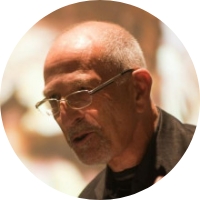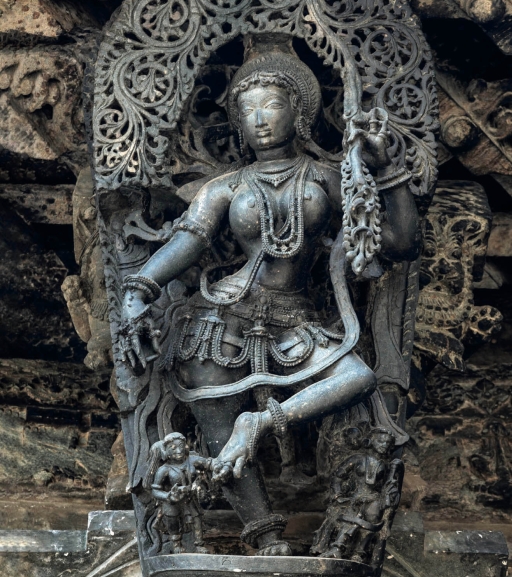The Mughals in the Deccan: The Architecture of Burhanpur, Daulatabad and Aurangabad
Akbar’s campaigns into peninsular India mark the beginning of the conquest of the Deccan, a region that was to become the largest and wealthiest province of the Mughal empire. After extinguishing the previous Muslim dynasties of the region, the Mughals established their own headquarters at Burhanpur, Daulatabad and Aurangabad, which they furnished with grand palaces, as well as tombs for their family members who died in the Deccan, and saintly figures who became their spiritual preceptors. The talk will survey these courtly and religious buildings, usually overlooked in general studies on Mughal architecture and art.
Speaker(s)

Dr George Michell
George Michell is a world authority on South Asian architecture, and a founder-trustee of the Deccan Heritage Foundation. He is amongst the most distinguished architectural scho... Read More
Venue
National Gallery of Modern Art
Manikyavelu Mansion, Palace Road,
Bangalore 560052
Ph: 080-22342338


